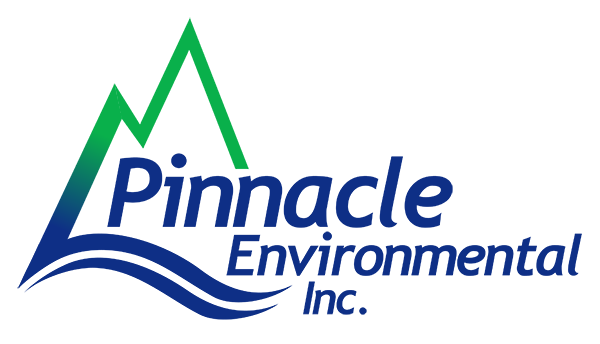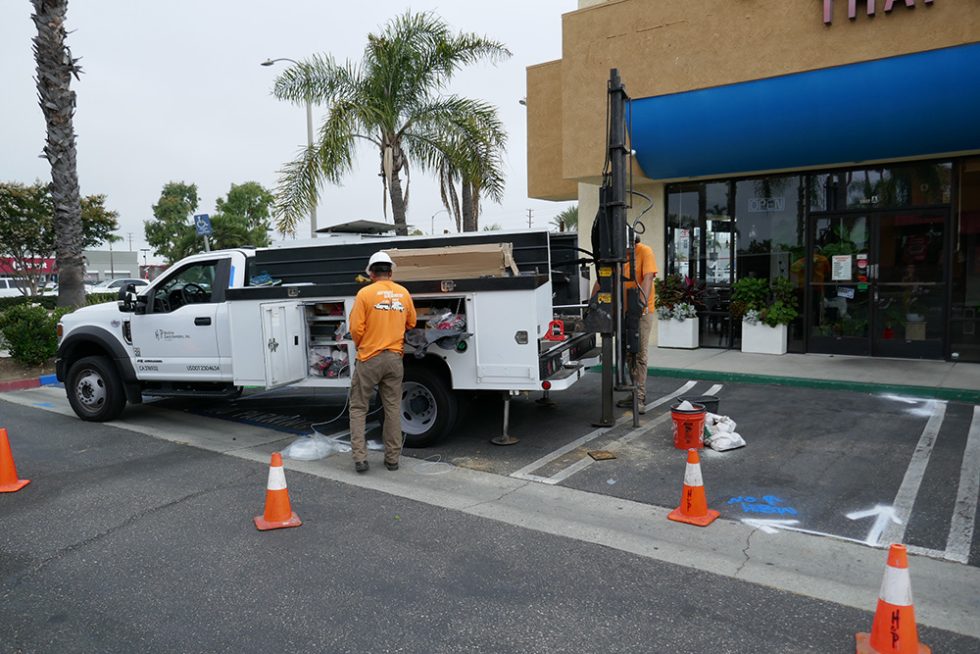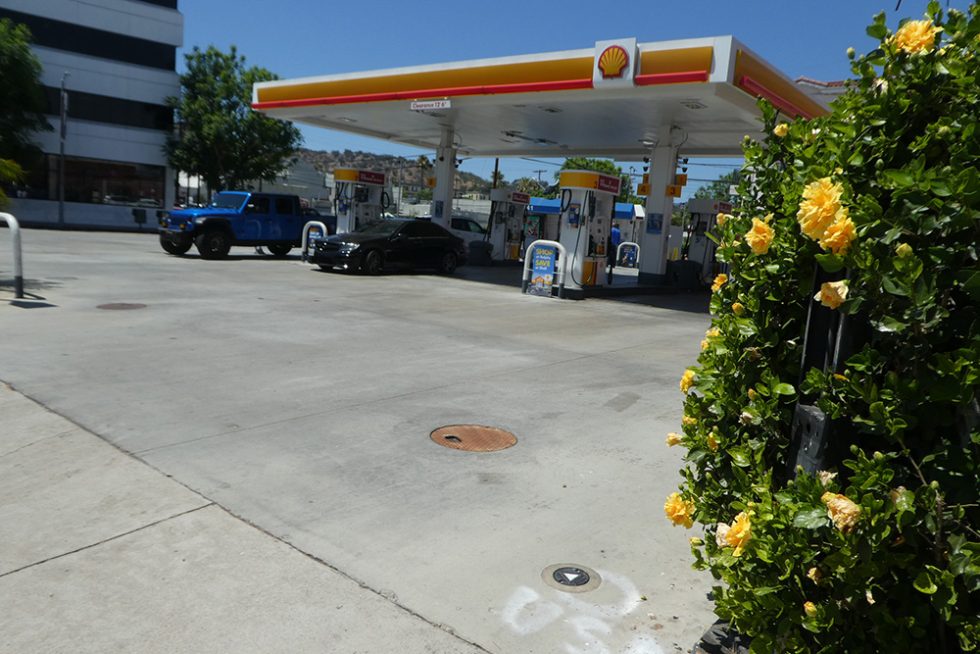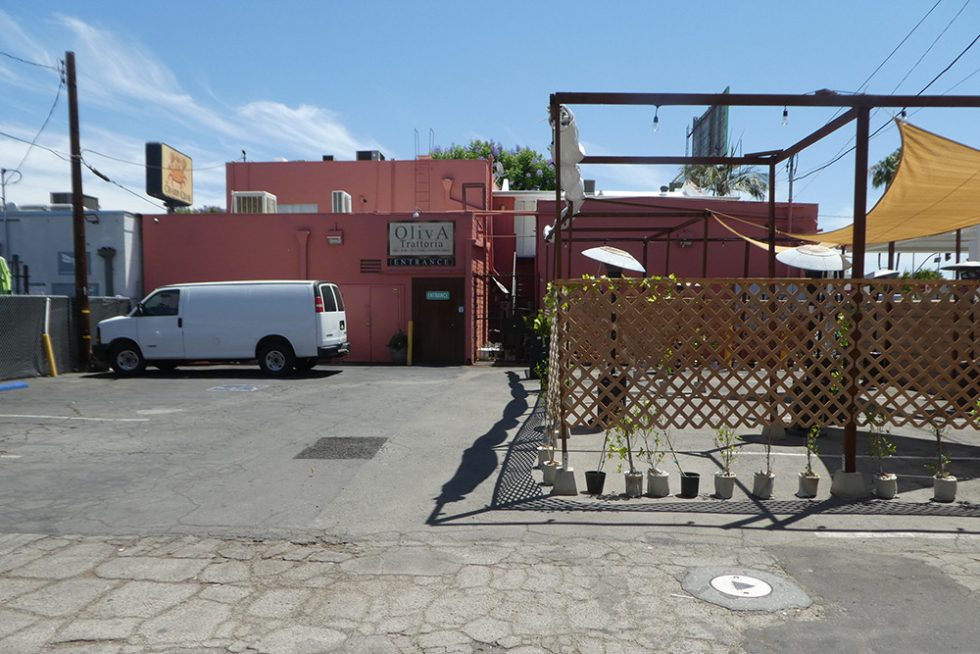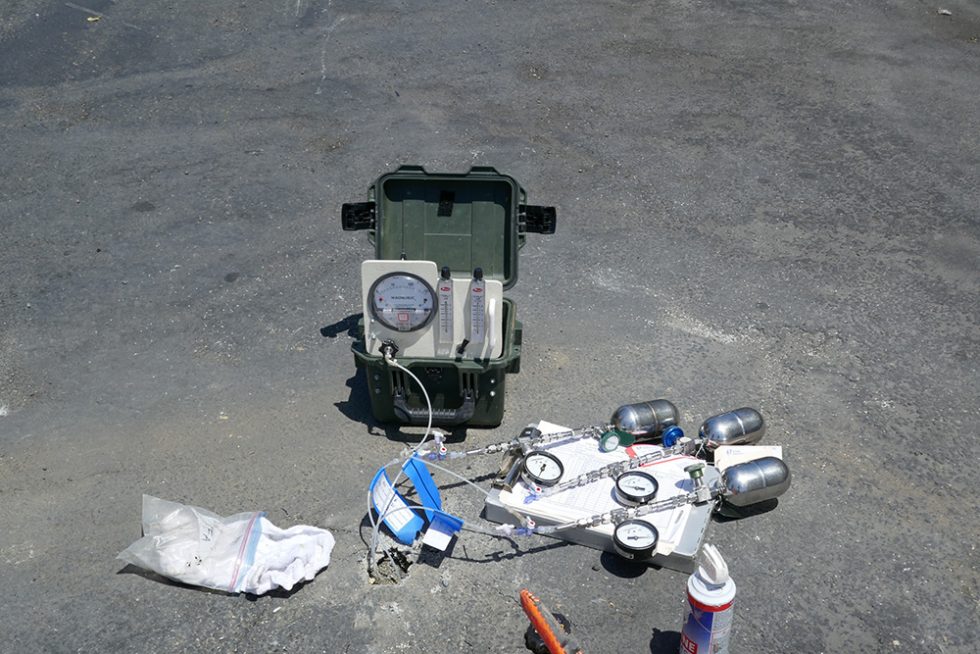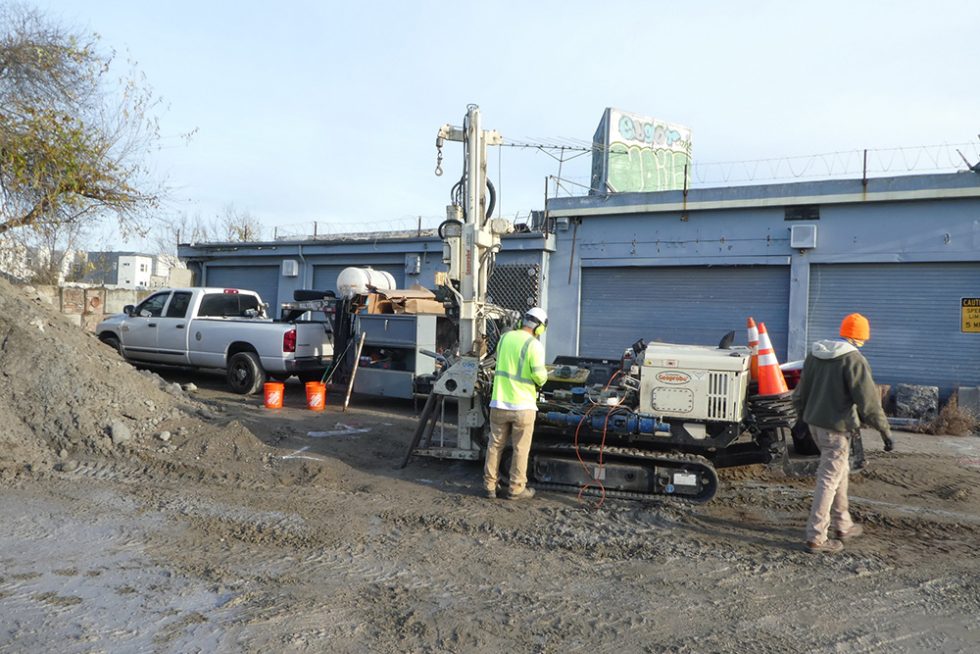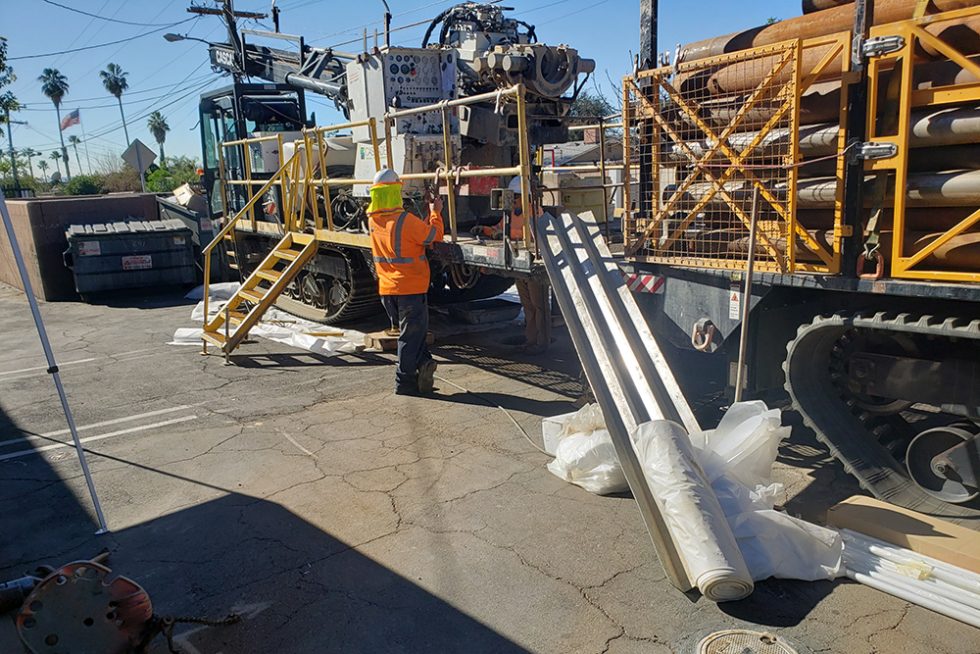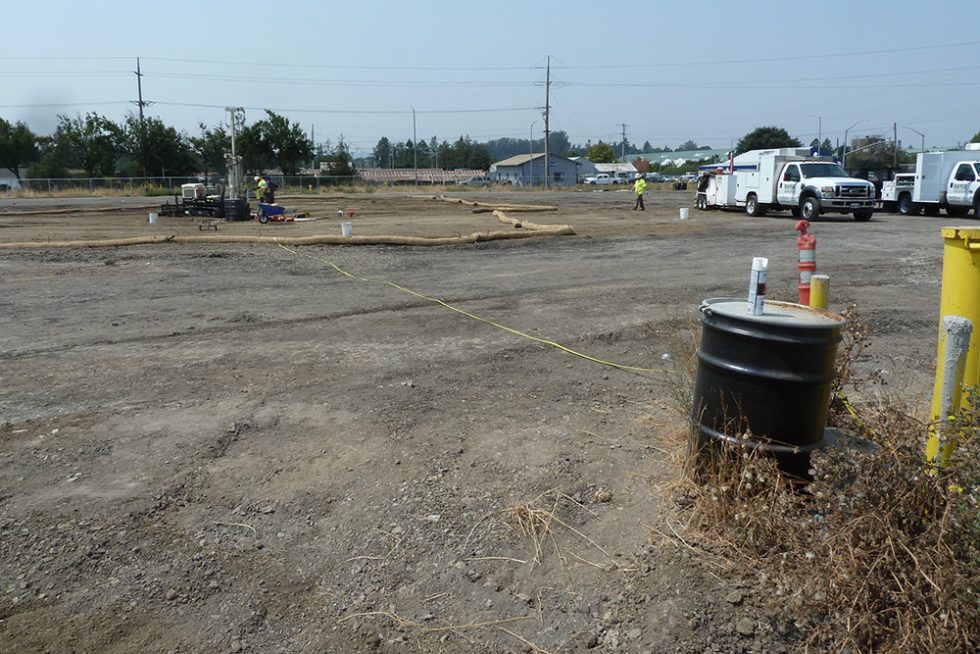Phase II Site Assessment
Phase II Site Assessment
Following the identification of potential environmental concerns through a Phase I assessment (or other similar reports such as a LESA, ETS, or other), a Phase II assessment can be performed to ascertain the existence, scope, and level of contamination. This assessment entails the collection of samples from various sources, such as soil, vapor, groundwater, and surface water, with the objective of determining the presence and extent of contamination.
When contamination is present, data from a Phase II assessment is used to evaluate the potential risks to human health and the environment, the need for remediation, the design of a remediation plan, and estimate the costs associated with remediation. The assessment also helps to evaluate the environmental liability associated with the property and to identify potential regulatory requirements for cleanup.
What are the types of Phase II Assessments?
There are several types of Phase II assessments that can be conducted depending on the nature of the property and the potential sources of contamination. The type and scope of Phase II assessment vary on the potential contaminant of concern (PCOC), the potential media impact, and other site conditions.
Oftentimes, Phase II assessments can be completed in phases, from initial screening assessments to assess the presence of contaminants to more extensive site characterization assessments, which delineate the nature and extent of impact for the costing of remedial efforts.
Examples of Phase II Assessments are presented below:
-
- Soil assessment: This type of assessment involves sampling and analyzing soil in the vadose zone (above groundwater) to determine the presence and extent of contamination. The assessment may involve drilling boreholes to collect samples. Soil contamination can pose a health risk to humans and animals that come into contact with contaminated soil. Common contaminants found in soil include heavy metals, pesticides, and petroleum products.
- Groundwater assessment: This type of assessment focuses on potential impacts to groundwater and the migration of chemical plumes in the subsurface. This assessment includes various sampling and monitoring techniques, from discrete sampling (one-time sampling) to long-term groundwater monitoring through the installation of monitoring wells. Groundwater contamination can affect drinking water supplies and can also impact the health of aquatic ecosystems. Common contaminants found in groundwater include volatile organic compounds (VOCs), petroleum products, and heavy metals.
- Vapor intrusion assessment: This type of assessment focuses on the potential for contaminated vapors to migrate from soil or groundwater into buildings and affect indoor air quality. It involves sampling indoor air, outdoor air, and soil gas to determine if vapors are present and at what levels. Vapor intrusion of VOCs can cause serious health risks to occupants, both residential and commercial.
Surface water assessment: This type of assessment involves sampling and analyzing surface water, such as ponds, streams, and lakes, to determine if contamination is present and at what levels. Surface water contamination can harm aquatic life and make the water unsafe for human consumption or recreation. Common contaminants found in surface water include pesticides, fertilizers, and heavy metals. - Sediment assessment: This type of assessment involves sampling and analyzing sediment in water bodies to determine if it contains contaminants that could harm aquatic life or human health.
When is a Phase II ordered?
Phase II assessments may benefit property owners, developers, lenders, and other stakeholders who want to evaluate the potential environmental liabilities associated with a property.
The following are a few examples of situations where a Phase II assessment may be required:
-
- Property transactions: Buyers and sellers of commercial or industrial properties often require a Phase II assessment to evaluate the potential environmental liabilities associated with the property before completing the transaction.
- Development projects: Developers may require a Phase II assessment as part of the due diligence process to evaluate the potential environmental risks associated with a property before beginning a development project.
- Loan applications: Lenders may require a Phase II assessment before approving a loan to ensure that the property does not pose a significant environmental risk that could affect the value of the collateral.
- Regulatory compliance: Property owners may be required by federal or state regulations to conduct a Phase II assessment if the property is suspected of being contaminated or if the property is located in a sensitive environmental area.
- Insurance: Insurance companies may require a Phase II assessment as part of the underwriting process to evaluate the potential environmental risks associated with a property.
